
Autoencoders Explained: Denoise & Compress Pics
Autoencoders are transforming how we process and understand images in the AI era. These powerful neural networks don’t just copy data — they learn to capture the essence of an image, making them incredibly useful for cleaning up noise, compressing large files, and even spotting subtle anomalies that would otherwise go unnoticed. In this comprehensive, beginner-friendly guide, we break down how autoencoders work, including their encoder-decoder structure, the concept of latent space and how they rebuild clean, compact versions of input images. You'll discover how they outperform traditional filters in denoising, beat classic formats like JPEG in compression and provide a flexible, scalable method for visual anomaly detection. Whether you’re a developer, data scientist or product owner, this post will help you understand how to build, train and deploy autoencoders in real-world pipelines — across industries like retail, healthcare, logistics and beyond.

Transfer Learning Hacks for Rapid Image Models
Transfer learning has revolutionized the way we build image models — especially when time, data or compute power is limited. In this beginner-friendly guide, you'll learn how to fine-tune pre-trained giants like VGG, EfficientNet and CLIP to achieve fast, accurate results on small datasets. From smart layer freezing to real-world use cases in retail, agriculture and content moderation, we’ll show you how to build powerful vision systems without starting from scratch. Perfect for startups, solo devs or any team looking to do more with less.

CNN Fundamentals: Powering Modern Vision Tasks
Convolutional Neural Networks (CNNs) are the driving force behind many of the visual technologies we rely on every day — from unlocking our phones with facial recognition to enabling autonomous vehicles to understand their surroundings. But how do these networks actually work? In this beginner-friendly deep dive, we break down the core building blocks of CNNs, including convolutional layers, kernels, pooling, and activation functions. You'll learn how modern architectures like ResNet have overcome critical challenges to power advanced vision systems used in industries like retail, automotive, security and marketing. We’ll also explore real-world applications — such as OCR, background removal, logo detection and content moderation — and walk you through your options for training models, using pre-trained networks or deploying ready-to-use APIs. Whether you're just starting with deep learning or exploring how to bring AI vision into your product, this guide provides the clarity and insights you need to move forward with confidence.
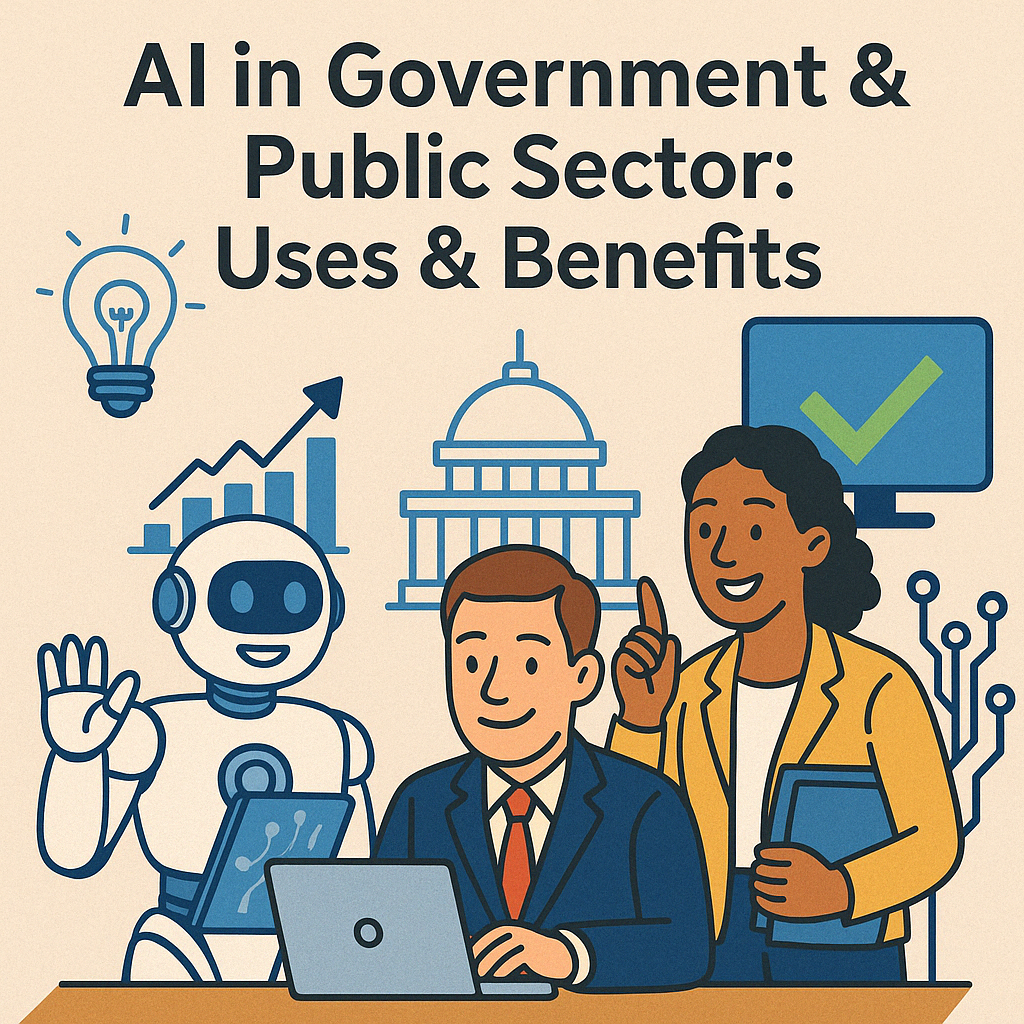
AI in Government & Public Sector: Uses & Benefits
Artificial intelligence is playing a growing role in reshaping how governments and public sector organizations operate. Tasks that once required manual effort — like verifying identity documents or inspecting aging infrastructure — can now be streamlined using AI-powered computer vision technologies. In this article, we explore two high-impact areas where AI is already making a measurable difference: digitizing public records and ID verification and monitoring roads, bridges and facilities with drone imagery. Learn how tools like OCR, face recognition and object detection are helping agencies reduce paperwork, detect maintenance issues faster and deliver citizen services more efficiently. Whether through ready-to-use APIs or custom AI solutions, the public sector now has an opportunity to modernize operations, improve safety and build greater trust with the communities they serve.

AI APIs for Finance & Banking: 2025 Use Cases & Benefits
In 2025, artificial intelligence is no longer a futuristic add-on in finance — it’s becoming the core engine behind secure, efficient and customer-friendly operations. AI-powered computer vision is playing a critical role in automating document processing and fraud detection, replacing manual bottlenecks with lightning-fast, scalable workflows. From extracting data from ID documents to verifying faces and signatures, these technologies help banks onboard customers faster, prevent fraudulent activities and maintain full compliance with global regulations. In this blog post, we explore how ready-to-use AI APIs and custom vision solutions are helping financial institutions modernize their operations, reduce costs, and deliver exceptional user experiences — while staying one step ahead of emerging fraud threats and rising regulatory demands.

AI in Food & Beverage: Menus & Quality Checks
AI is revolutionizing the food and beverage industry by bringing intelligence and automation to everyday operations. Through advanced image processing, businesses can now recognize dishes from photos, auto-generate and update digital menus and provide accurate nutritional information without manual input. At the same time, AI-driven quality checks are helping detect food spoilage early, ensure brand consistency in packaging and reduce operational waste. These technologies not only streamline internal processes but also enable highly personalized customer experiences based on dietary preferences and order history. As the industry becomes more competitive and consumer expectations rise, AI-powered solutions offer a clear path to greater efficiency, compliance and customer satisfaction. This article explores the key applications, benefits and implementation strategies that are shaping the future of food and beverage through AI innovation.

Game Industry and AI: How Computer Vision Is Shaping the Future of Gaming
Computer vision is rapidly emerging as a cornerstone of modern game development, offering game creators powerful new tools to enhance interactivity, personalization and immersion. From real-time facial recognition and gesture tracking to object detection and scene understanding, computer vision allows games to "see" and respond to the physical world in real time. This blog post explores the most impactful trends and use cases — such as dynamic avatar creation, immersive AR/VR gameplay, intelligent content moderation and brand-integrated monetization strategies — that are redefining the player experience. It also outlines the technical roadmap for implementation, highlights ethical considerations like data privacy and examines the benefits of both ready-to-use APIs and fully custom AI solutions. Whether you're building a mobile AR game, a VR simulation or a cross-platform metaverse experience, understanding and adopting computer vision technology is key to staying competitive and future-ready in the evolving gaming landscape.

Top AI Trends in the Sports Industry for 2025
Artificial intelligence is no longer a futuristic concept in sports — it’s a powerful tool that’s reshaping how athletes train, how fans engage and how decisions are made on and off the field. In 2025, AI-driven solutions such as computer vision, machine learning and big data analytics are playing a central role in real-time player performance tracking, injury prevention and immersive content delivery. From football clubs scouting talent using video analysis to basketball leagues generating automated, personalized highlight reels, the applications are vast and growing. This blog post explores the most impactful AI trends revolutionizing the sports industry today and offers insights into how organizations — whether elite franchises or local clubs — can integrate off-the-shelf APIs or develop custom solutions to stay competitive in a data-driven era.
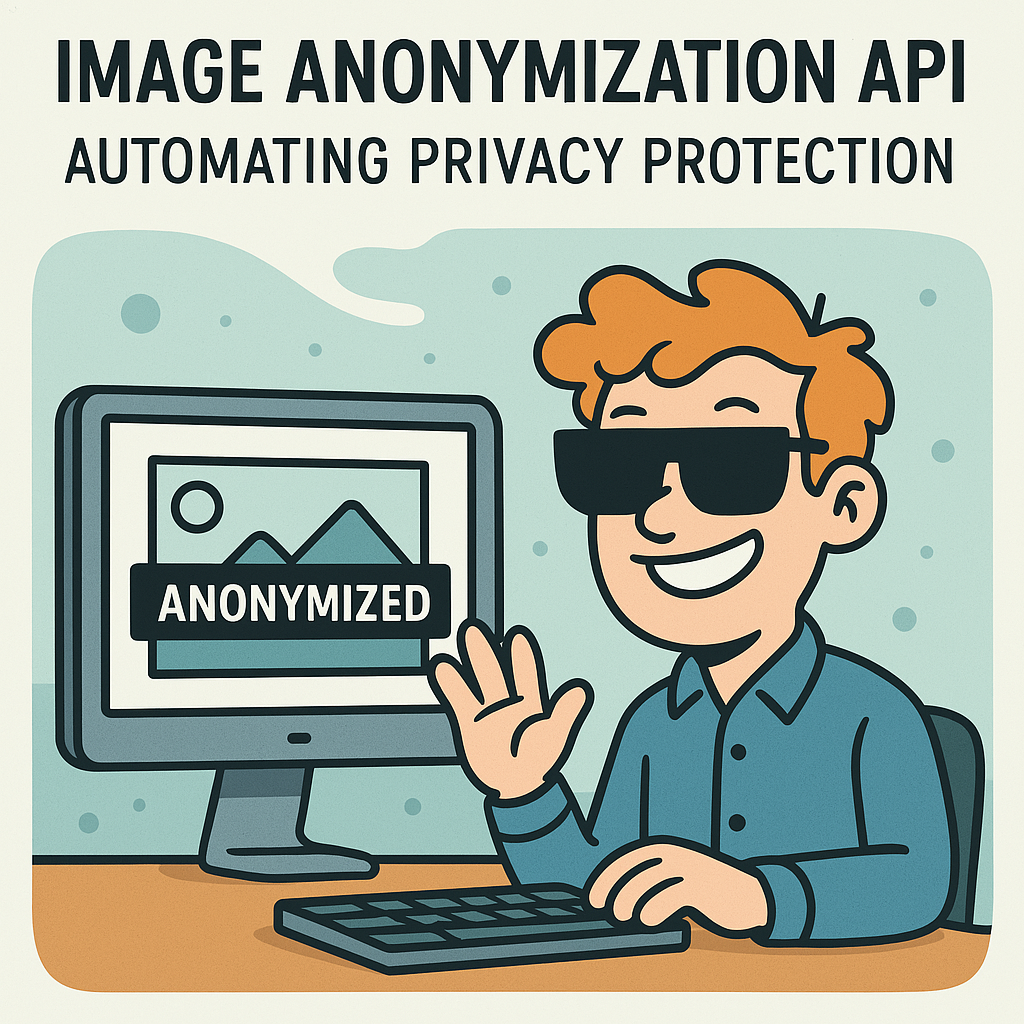
Image Anonymization API: Automating Privacy Protection
In an age where cameras are everywhere and visual data is collected at an unprecedented scale, protecting personal privacy has never been more important. From smart cities and retail environments to healthcare and academic research, images and videos often contain sensitive information such as faces, license plates and brand identifiers. Without proper handling, this data can expose individuals to risks and put organizations at odds with strict privacy regulations like GDPR and CCPA.
Image anonymization offers a reliable and scalable way to address this challenge. By using AI-powered tools to automatically detect and obscure sensitive elements, organizations can safely use visual content for analysis, sharing or public reporting — without compromising individual privacy. In this blog post, we take a deep dive into how automated image anonymization works, explore real-world use cases and share best practices for implementation. We’ll also look ahead at emerging trends like adaptive anonymization and highlight how cloud APIs can be combined with other image processing tools to build comprehensive, privacy-first solutions.
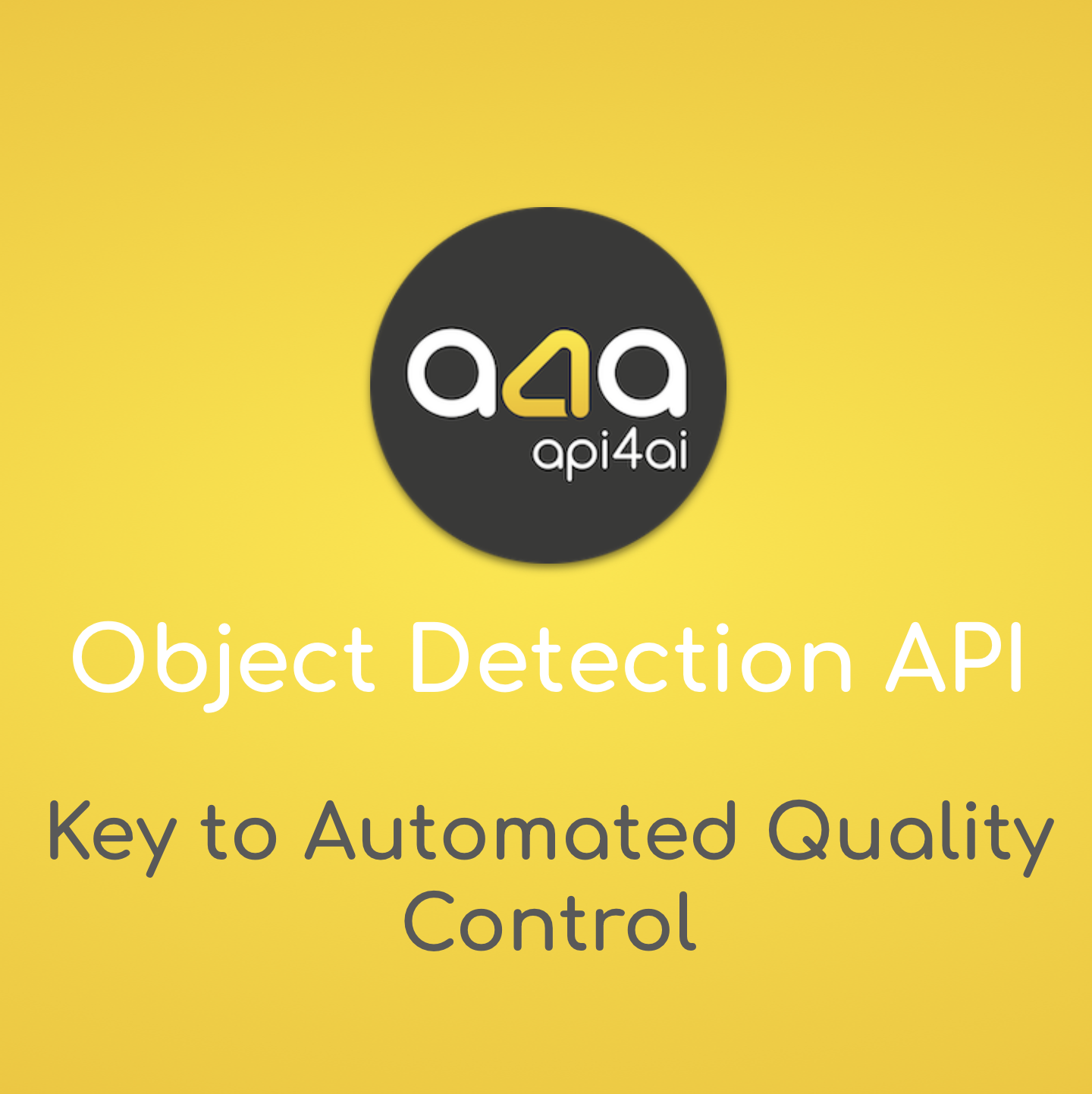
AI Object Detection API: Key to Automated Quality Control
In today’s fast-paced manufacturing environment, maintaining consistent product quality is more critical — and more challenging — than ever. AI-powered object detection is emerging as a powerful solution, enabling real-time identification of defects, reducing human error and streamlining quality control processes across industries. This blog post explores how manufacturers in sectors like electronics, automotive and food and beverage are using automated visual inspection to boost accuracy, scalability and efficiency. Learn about the key benefits, real-world applications and best practices for implementing object detection systems and discover how embracing AI today can lead to long-term profitability, reduced waste and stronger brand trust. Whether through ready-to-use APIs or custom computer vision solutions, the future of manufacturing quality control is here — and it’s intelligent, adaptable and automated.

Top Industries Benefiting from Automated Image Anonymization
Visual data is both a powerful resource and a significant liability. Across industries — from healthcare and retail to automotive and financial services — protecting individuals' privacy within imagery is not just ethical but also legally mandatory. Automated image anonymization, powered by cutting-edge AI solutions, offers a robust and efficient way to address these challenges. Healthcare providers rely on these tools to comply with stringent regulations like HIPAA, safeguarding patient identities in medical imaging. Retailers enhance customer trust by anonymizing in-store video analytics and online shopper data. Meanwhile, automotive leaders leverage anonymization to secure personal information collected by smart vehicle cameras. With such widespread adoption and proven efficacy, AI-powered image anonymization APIs represent a transformative shift, helping businesses secure sensitive visual data effortlessly and effectively. Discover how automated anonymization is redefining privacy standards — and how your industry can benefit from these innovative solutions.

Top AI Trends in Agriculture for 2025
As agriculture faces rising demands and growing environmental challenges, AI is emerging as a powerful ally for farmers and agribusinesses. From precision farming and real-time crop health monitoring to automated harvesting and predictive analytics, this post explores the top AI trends set to transform agriculture in 2025. Discover how innovative tools and custom AI solutions are driving efficiency, sustainability and long-term profitability in modern farming.

Top AI Trends for the Logistics Industry 2025
The logistics industry is undergoing a major transformation, driven by artificial intelligence. As supply chains become more complex and customer expectations rise, companies need smarter solutions to stay competitive. AI-powered technologies like real-time route optimization, predictive analytics, automated document processing and computer vision are reshaping how logistics providers operate — making deliveries faster, safer and more cost-efficient.
Businesses that adopt AI can reduce operational costs, improve delivery speed, enhance security and boost customer satisfaction. While off-the-shelf AI solutions offer quick integration, custom-built AI applications provide long-term advantages, allowing companies to scale and optimize their logistics strategies.
As we move into 2025, the logistics leaders will be those who embrace AI-driven innovation. Now is the time to explore how AI can transform operations, improve efficiency and set new standards in the industry.

Automating Privacy Protection in Surveillance Systems
As surveillance systems become more widespread, businesses and organizations face growing pressure to balance security with privacy compliance. AI-powered image anonymization is emerging as a key solution, allowing security systems to automatically detect and obscure faces, license plates and other personal identifiers without compromising the effectiveness of monitoring.
This blog post explores how automated privacy protection is transforming modern surveillance, helping companies comply with regulations like GDPR and CCPA, build public trust and streamline operations. We discuss the latest advancements in AI-driven anonymization, real-world applications across industries and the benefits of integrating privacy-first surveillance solutions.
With evolving technology and stricter privacy laws, businesses must adapt. Whether through ready-to-use APIs or custom AI development, adopting automated privacy protection is no longer just a legal requirement — it’s a smart, future-proof strategy.

Custom AI Development: Is It Worth the Investment?
Artificial intelligence is transforming industries, helping businesses automate tasks, optimize workflows and enhance decision-making. While off-the-shelf AI solutions — such as OCR APIs, object detection tools and background removal services — offer a quick and cost-effective entry point, they may not always meet the unique needs of specialized industries.
This blog post explores the strategic advantages of custom AI development, highlighting how tailored solutions can drive efficiency, cost savings and long-term profitability. From brand recognition in retail to automated inventory management in logistics, real-world examples illustrate how companies are leveraging AI to stay ahead.
Is a custom AI solution right for your business? Learn how to assess your readiness, build the right AI strategy and measure long-term ROI to make an informed investment that scales with your growth.
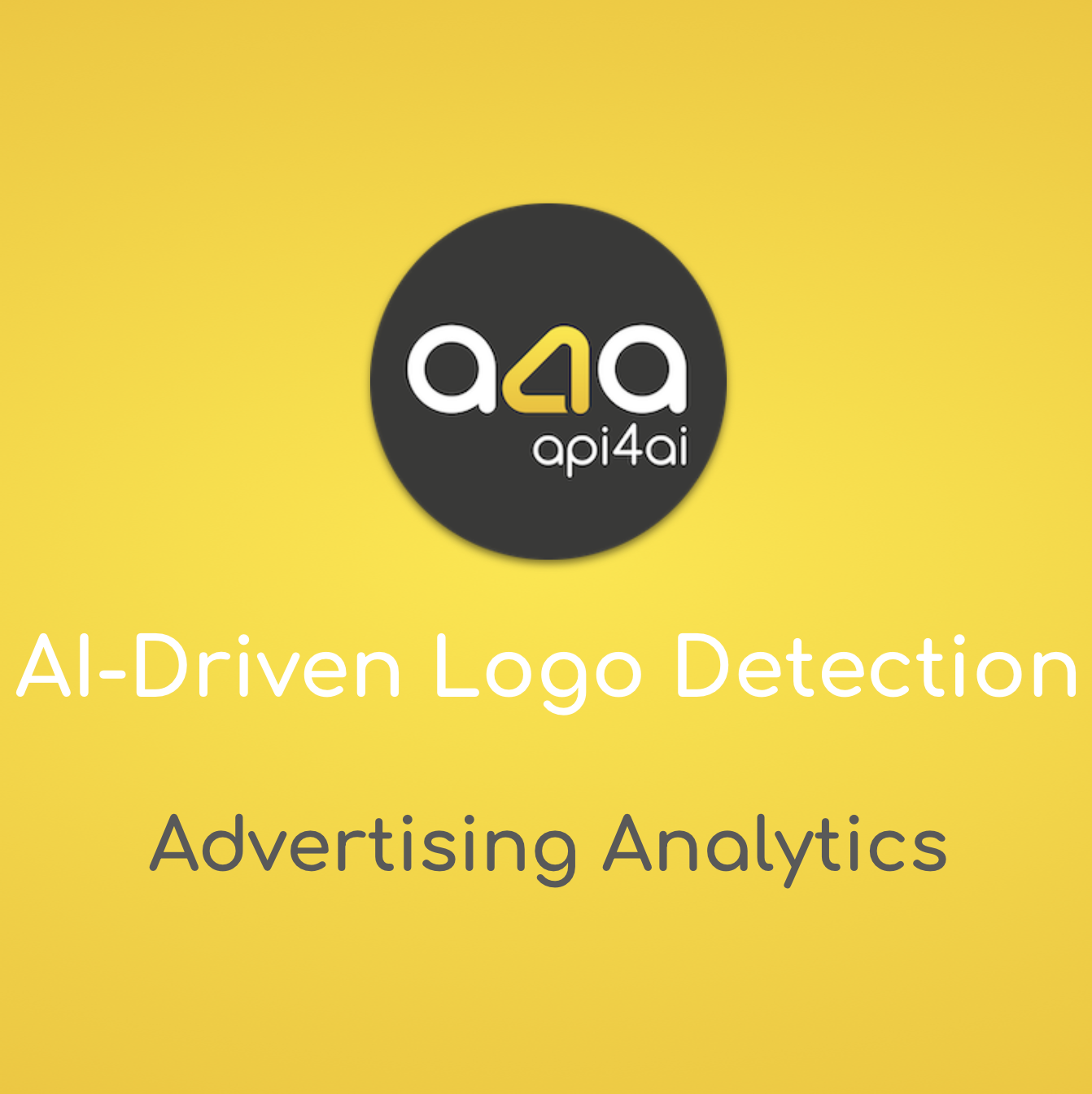
AI-Driven Logo Detection and Advertising Analytics
Tracking brand visibility across multiple platforms is more critical than ever. Traditional advertising metrics no longer provide the full picture of how brands are seen and engaged with across social media, live broadcasts and influencer content. AI-powered logo detection is transforming marketing analytics by offering real-time insights, multi-channel monitoring and data-driven performance evaluation.
From measuring sponsorship effectiveness in sports to analyzing product placements in e-commerce and entertainment, AI-driven logo recognition helps businesses optimize their advertising strategies with precision. Advanced computer vision technology ensures accurate detection — even when logos are partially obscured, low-resolution or distorted — providing marketers with actionable intelligence to maximize brand exposure and return on investment (ROI).
As the industry evolves, emerging trends like augmented reality advertising, AI-enabled interactive promotions and next-level personalization are set to redefine how brands connect with their audiences. Companies that integrate AI-powered logo detection today will gain a competitive advantage in the data-driven advertising landscape of tomorrow.
Whether through ready-to-use APIs or custom AI solutions, businesses can harness the power of AI to enhance marketing impact, track brand performance and ensure every advertising dollar is well spent.

Top AI Trends Transforming the Telecommunications Industry in 2025
The telecommunications industry is evolving at an unprecedented pace and AI is at the center of this transformation. From predictive analytics that prevent network failures before they happen to AI-driven customer service that delivers hyper-personalized experiences, telecom providers are leveraging artificial intelligence to enhance efficiency, security and scalability.
Automated network operations powered by self-organizing networks (SONs) and edge computing are making real-time adjustments without human intervention, ensuring seamless connectivity even as demand skyrockets. Meanwhile, AI-powered security and fraud detection are safeguarding networks against cyber threats, keeping customer data protected and ensuring compliance. Computer vision technologies are also playing a crucial role, from automating infrastructure inspections to enhancing identity verification processes.
As 5G, IoT and cloud computing accelerate AI adoption, 2025 is set to be a defining year for the telecom industry. Companies that embrace AI-driven solutions now will lead the next wave of innovation, while those who hesitate risk falling behind. The future of telecommunications is intelligent, automated and powered by AI — are you ready to be part of it?
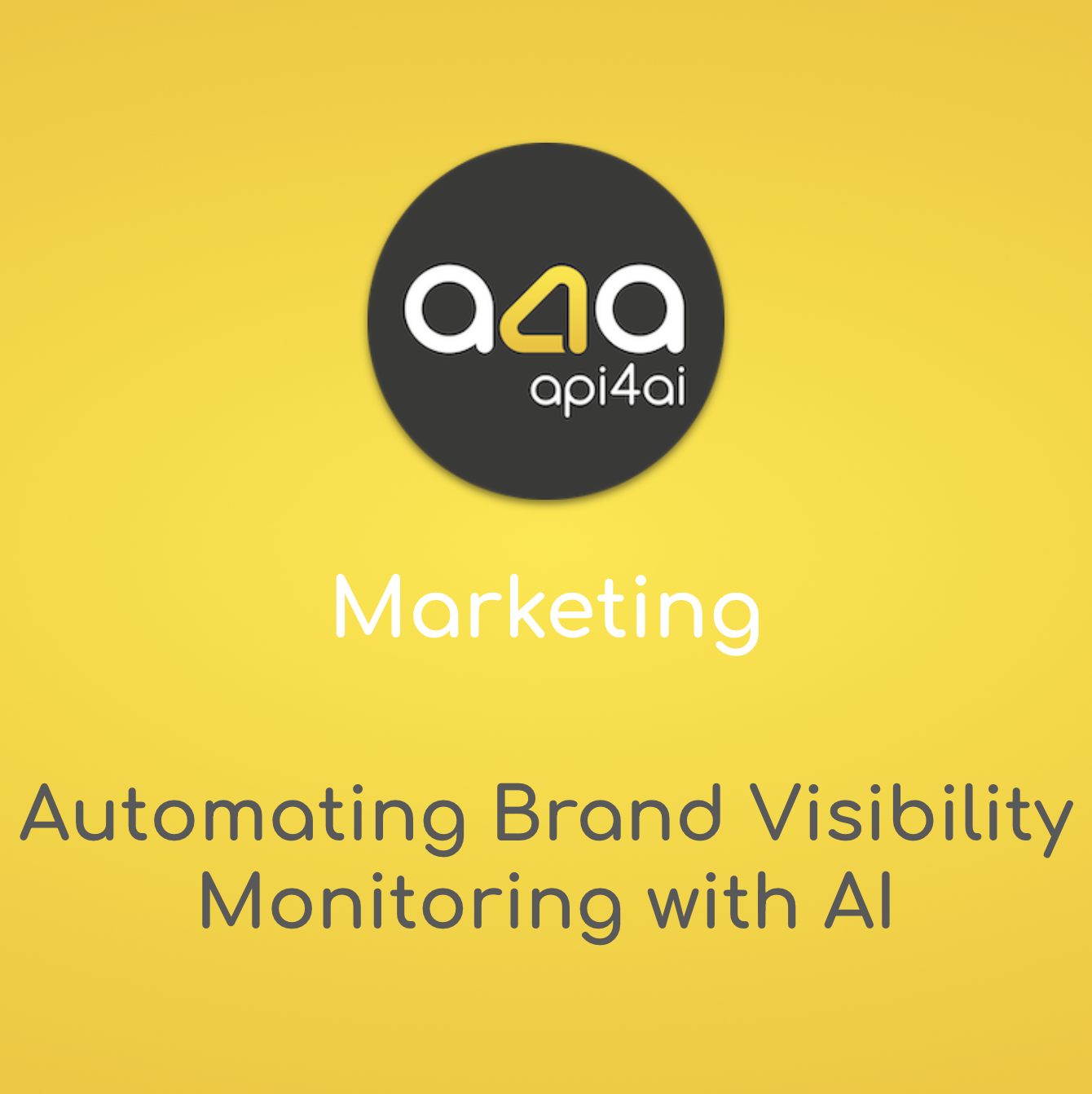
Automating Brand Visibility Monitoring with AI
In a world where brand presence spans across social media, live events, retail spaces and digital platforms, tracking brand visibility manually is no longer practical. AI-powered brand monitoring is transforming how businesses measure their marketing impact, detect unauthorized logo use and optimize brand exposure in real-time.
This blog explores how AI-driven solutions — including logo recognition, object detection and multi-object tracking in videos — enable businesses to automate brand monitoring across multiple channels. From analyzing brand visibility in user-generated content to measuring the effectiveness of event sponsorships, AI helps companies save time, reduce costs and gain a competitive edge.
Discover how cloud-based AI tools and custom brand monitoring solutions can help businesses stay ahead in an increasingly digital and data-driven marketplace. Whether you’re looking to enhance marketing analytics or protect your brand from misuse, AI-powered brand recognition is the key to smarter, more strategic brand management.

Top AI Trends for the Repair & Maintenance Industry in 2025
The repair and maintenance industry is undergoing a major transformation, driven by AI-powered automation, predictive analytics and real-time monitoring. Traditional maintenance methods, which relied on scheduled servicing and manual inspections, are being replaced by smart, data-driven solutions that improve efficiency, reduce costs and enhance safety.
In 2025, key AI trends — predictive maintenance, computer vision inspections, robotics, IoT connectivity and augmented reality training — are helping businesses anticipate failures before they happen, automate routine tasks and optimize resource allocation. By integrating AI-driven object detection, OCR and IoT-powered analytics, companies can minimize downtime, extend equipment lifespan and reduce operational risks.
While off-the-shelf AI APIs provide quick solutions for enhancing maintenance processes, custom AI solutions offer even greater long-term benefits by tailoring automation to industry-specific needs. Companies that embrace AI today will future-proof their operations, ensuring sustainability, profitability and a competitive edge in the years ahead. The time to innovate is now.

5 Ways Object Detection Enhances Public Safety
Ensuring public safety has become more challenging as cities grow and security threats evolve. AI-powered object detection is transforming surveillance by enabling real-time threat detection, automated crowd monitoring, enhanced traffic management, perimeter security and unattended object identification. These advancements help security teams respond faster, reduce human error and prevent incidents before they escalate.
This article explores five key ways object detection enhances public safety, from identifying suspicious objects in crowded spaces to improving traffic control and access management. As AI-driven security solutions become more accessible, organizations must decide whether to adopt ready-to-use AI APIs or invest in custom-built object detection systems.
With faster processing, predictive analytics and seamless integration, AI-powered object detection is shaping the future of public safety. Now is the time to explore how these technologies can strengthen security, improve efficiency and create safer environments for all.
